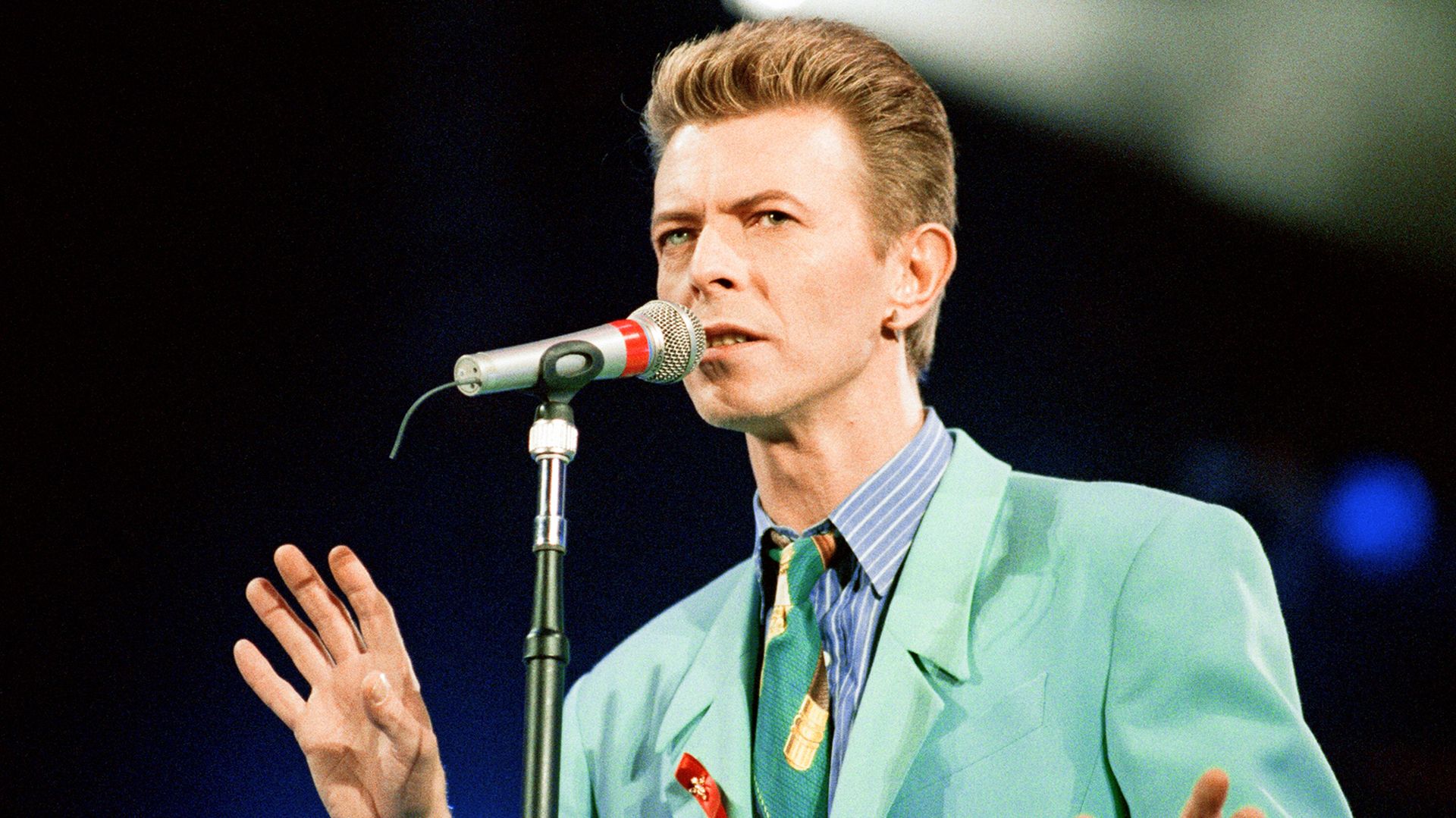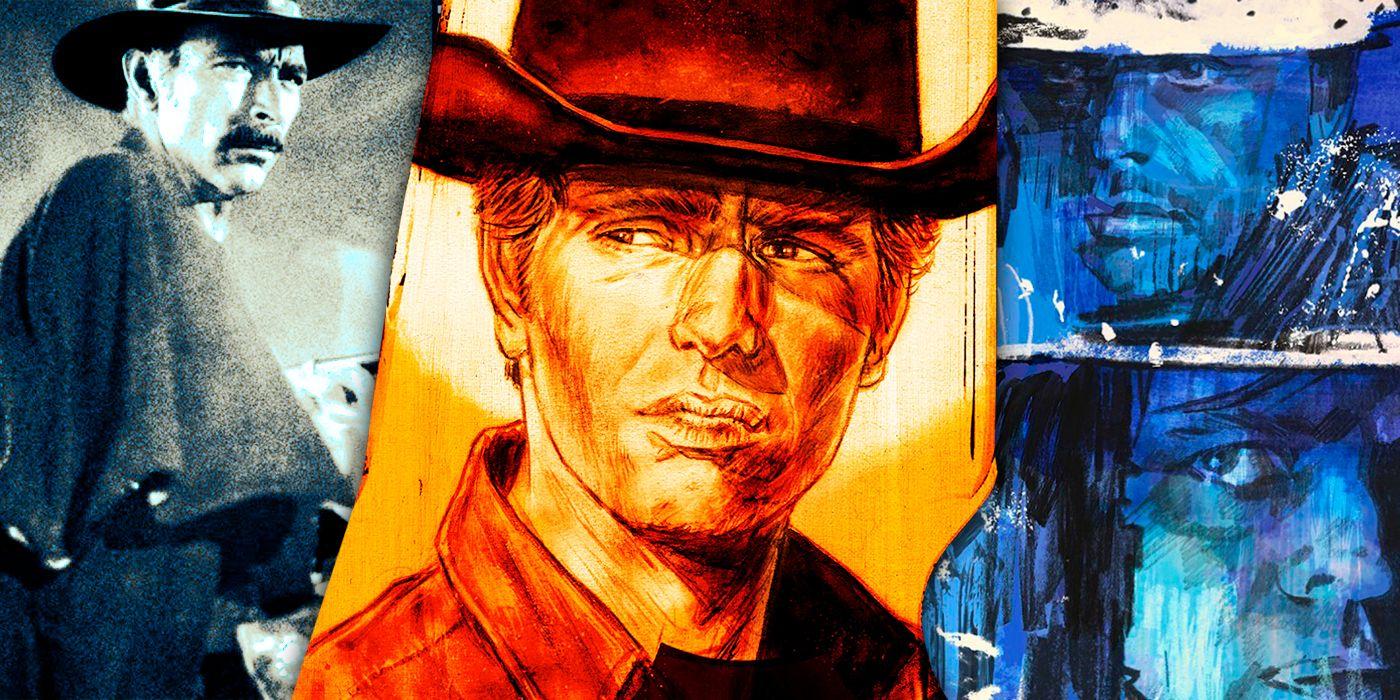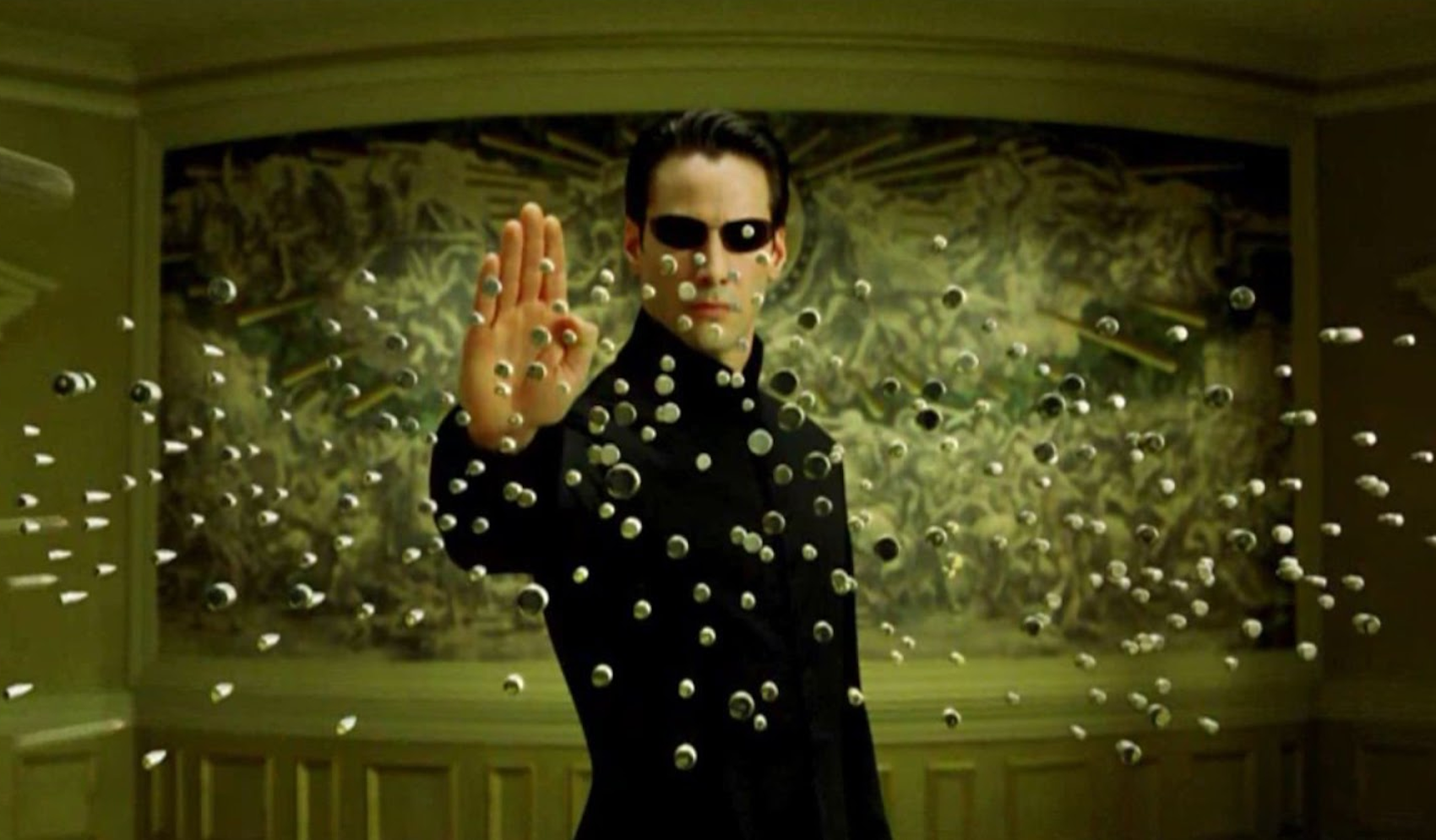David Bowie’s name is a symbol of transformation, creativity, and a bold embrace of artistic expression. During his career, the legendary musician frequently pushed the boundaries of music, fashion, and stage presence, influencing not only the music scene but also contemporary culture as a whole. Even after his passing in 2016, Bowie’s impact is still felt across generations, motivating musicians, visual artists, filmmakers, and admirers worldwide.
At this moment, a new segment in his narrative has unfolded. Recent announcements verify the finding of a previously undiscovered project concealed in Bowie’s private study, remaining sealed and unexplored for a long time. This discovery has ignited fervent conjecture, as fans and researchers attempt to envision what this ultimate creative endeavor might disclose about the psyche of one of music’s most mysterious personalities.
The find occurred during an extensive archival process aimed at cataloging and preserving Bowie’s vast collection of artistic materials. His archives contain decades of notebooks, lyric sheets, stage designs, and experimental works — a treasure trove that reflects the restless curiosity that defined his life. Among these materials, archivists encountered a collection that stood apart: documents and recordings suggesting the blueprint for an ambitious project Bowie never shared with the public.
While concrete details are scarce, early descriptions hint at something more than just a series of songs. Those familiar with the archive suggest that this body of work may combine elements of music, storytelling, and visual art — a multi-layered concept consistent with Bowie’s love of blending mediums. From The Rise and Fall of Ziggy Stardust to Blackstar, his final album, Bowie often treated his work as a complete narrative experience rather than isolated tracks. This secret endeavor appears to follow that same philosophy.
The timing of the project’s creation remains unclear, though many believe it dates back to Bowie’s final years, when he was crafting Blackstar. Released in January 2016, just two days before his death, Blackstar served as a haunting farewell, filled with cryptic messages and bold sonic experimentation. If the newly discovered work was conceived during this same period, it could offer profound insight into Bowie’s artistic state of mind as he contemplated mortality and legacy.
What makes this discovery fascinating is the presence of additional Bowie works and what they represent. For a musician known for continuous transformation, this concealed work highlights his unwavering dedication to breaking limits, even during his last moments. Bowie was never static. Every transformation — from the glam rock extraterrestrial Ziggy Stardust to the experimentalist of his Berlin period to the sophisticated Thin White Duke — showed a resistance to complacency. This newly found project indicates his innovative spirit remained vibrant to the very last moment.
As the announcement of the discovery spreads, people wonder about the destiny of these materials. Is it right to finish the work and make it accessible to everyone? Or should it be kept confidential, maintaining the enigma Bowie frequently cherished? These moral dilemmas are not unfamiliar within the music world. Releases after an artist’s death often provoke discussions about their artistic choices, and Bowie, famous for his careful management of his persona and creations, might not have planned for this work to be revealed.
Representatives from Bowie’s estate have chosen to stay silent, stressing that all choices will focus on honoring the artist’s legacy. Meanwhile, fans have turned to social platforms to express their aspirations and worries. Some hope for the release of Bowie’s final work, while others are concerned that commercialization might eclipse genuine artistry.
The discovery also reinforces how deeply Bowie’s artistry transcended music. His influence spanned film, fashion, and visual design, with each era defined by a new aesthetic and conceptual framework. This final project, whatever form it takes, could represent one more bold statement from an artist who never stopped surprising the world.
Historians and cultural critics suggest that even if this work is never fully unveiled, its existence adds to the narrative of Bowie as an innovator until his final breath. In an era when many artists recycle formulas, Bowie remained restless, curious, and fearless — qualities that continue to inspire new generations of creators.
For now, the contents of this hidden archive remain under careful review. Whether these materials will be shared or kept in the shadows, they serve as a powerful reminder of Bowie’s enduring impact and his refusal to conform to expectations. His legacy was never about finality; it was about transformation — and even in death, that spirit remains alive.
David Bowie once said, “I don’t know where I’m going from here, but I promise it won’t be boring.” True to his word, his story continues to evolve in ways no one could have predicted. This latest revelation proves that the journey of understanding Bowie is far from over — and the world is eager for whatever truths this hidden work may hold.




